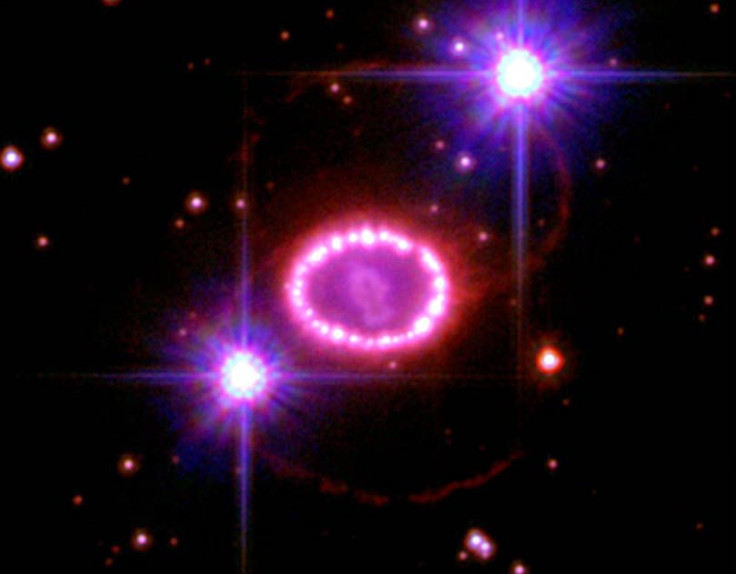Mysterious Lights From Space Could Be Alien Structures, Scientists Claim

KEY POINTS
- Scientists discovered a hundred lights in space with unknown origins
- The mysterious lights may have come from Dyson spheres
- A failed supernova event may have created the mysterious lights
Scientists have discovered about a hundred mysterious blinking lights from space. They believe these lights may have been emitted by alien megastructures known as Dyson spheres.
In a new study published in the Astrophysical Journal, a team of scientists reported the discovery of mysterious lights that suddenly appear and disappear. They were able to spot the lights after going through publicly available images of the sky dating back to the 1950s.
After cross-referencing the images with current surveys of the sky, the scientists came across 100 light sources with unexplained origins. They noted that although some of them may have been produced naturally, these lights may have come from yet-to-be discovered astrophysical sources.
“The implications of finding such objects extend from traditional astrophysics fields to the more exotic searches for evidence of technologically advanced civilizations,” the scientists wrote in the study.
One explanation suggests that the lights are forms of laser beams emitted by stars to naturally communicate with one another. On the other hand, the scientists noted that the mysterious may have come from Dyson spheres.
A Dyson sphere is a theoretical mega-structure in space used by spacefaring civilizations. In order to maintain the functions of the mega-structure, it absorbs the energy of a nearby star. Since this kind of technology cannot be produced on Earth, Dyson spheres are often attributed to a highly-advance race of extraterrestrials.
Aside from these theories, the scientists also offered natural explanations regarding the disappearing lights. According to the scientists, it is possible that these lights were produced by a dying star. However, instead of creating a full explosion like in traditional supernova events, a massive star may have collapsed into a black hole instead.
During this rare event, the star fails to emit a powerful light due to an absence of an explosion. But, even though this could be the natural origin of the vanishing lights, scientists noted that it would indicate a totally new astrophysical source.
“Finding an actually vanishing star—or a star that appears out of nowhere— would be a precious discovery and certainly would include new astrophysics beyond the one we know of today,” the study’s lead author Beatriz Villarroal of the Stockholm University and Instituto de Astrofísica de Canarias, Spain said in a statement.
© Copyright IBTimes 2024. All rights reserved.





















